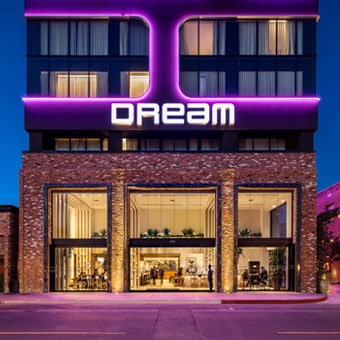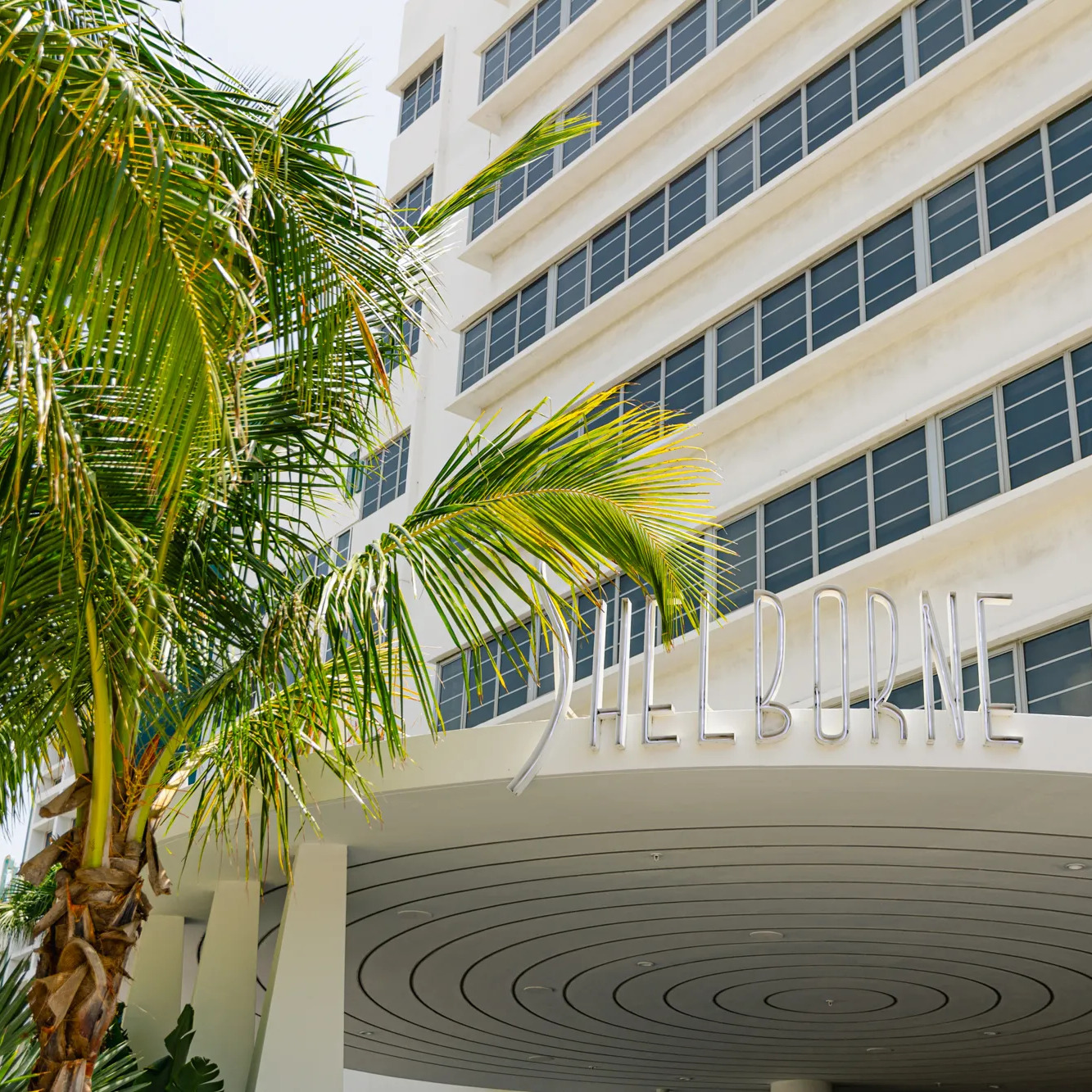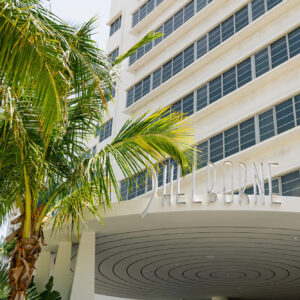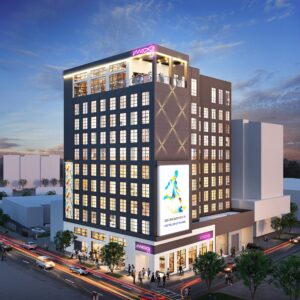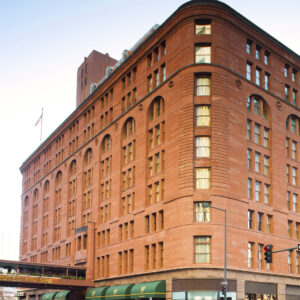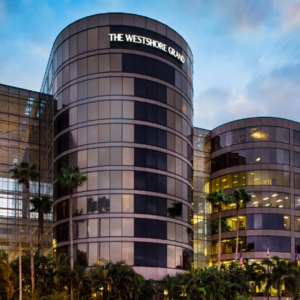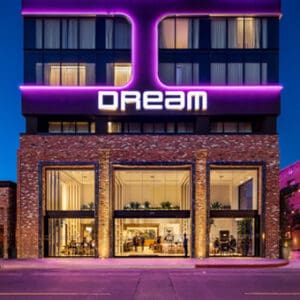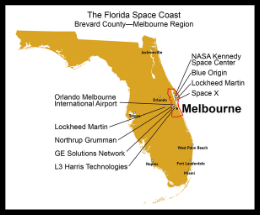
Florida’s Space Coast Economy Blasts Off
 The Washington Post calls it the “comeback coast” — for good reason. After falling into a state of decline, the Florida Space Coast is booming once again thanks to a number of private space companies and other startups setting up shop at the Kennedy Space Center and surrounding region in Brevard County. The investment money is pouring in, stimulating a rapid revitalization of the birthplace of America’s Space Age.
The Washington Post calls it the “comeback coast” — for good reason. After falling into a state of decline, the Florida Space Coast is booming once again thanks to a number of private space companies and other startups setting up shop at the Kennedy Space Center and surrounding region in Brevard County. The investment money is pouring in, stimulating a rapid revitalization of the birthplace of America’s Space Age.
In July 2019, Lockheed Martin moved its fleet ballistic missile headquarters from California to their campus in Brevard County and intends to invest about $40 million into the campus. They have already moved 350 employees and will likely be adding new jobs as all missile contracts will now come out of this location in the Space Coast, as reported in Florida Today.
Blue Origin, the company led by Jeff Bezos, has already invested more than $1 billion into the area to build its 750,000-square-foot New Glenn factory at Kennedy Space Center’s Exploration Park and intends to almost double the campus size in the coming years and bring hundreds of employees and potentially thousands of tourists.
Growth is also continuing for Elon Musk’s SpaceX, which in May 2019 launched its Falcon 9 rocket along with 60 Starlink satellites to start the company’s own internet service. It is reported that SpaceX intends to develop its own rocket factory in Brevard County.
L3Harris Technologies, born from the recent merger of L3 Technologies, Inc., an aerospace tech company, and Harris Corporation, a defense contractor, is now the largest aerospace and defense company based in Florida and a top 10 defense company worldwide. The new company, which has $17 billion in annual revenue, decided to keep its headquarters in Melbourne, Florida, and has plans to expand the local workforce there.
And NASA is currently developing its most powerful rocket yet, the Space Launch System, with the help of local aerospace firms, including Lockheed Martin, Boeing and Northrop Grumman. In 2011 when NASA ended its 30-year space shuttle program, which was sustaining the primary local industry at the time, about 10,000 people lost their jobs. At the peak of the recession, Brevard County had an unemployment rate of 12 percent and home prices had plummeted from a median price of nearly $250,000 in 2007 to less than $100,000 by 2011, as reported on Zillow.
Since then, as noted in The Washington Post article, local leaders have successfully worked to diversify the Space Coast economy and even have implemented special taxing districts with incentives to lure different types of businesses to the area. Residential communities are being built up and down the coastline. The unemployment rate dropped to below 4 percent earlier in 2019, and housing prices are back to their pre-recession value. The tax base has bloomed with monthly taxable sales rebounding from a low of nearly $450 million in 2010 to more than $850 million in 2018.
 No doubt, the influx of industry from Blue Origin, SpaceX, L3Harris and others tied to the space field is creating jobs and driving the economy. As noted by Brian Alford, an economist for CoStar Market Analytics, the Space Coast is benefiting from population and job growth rates that have outperformed the rest of the nation in recent years.
No doubt, the influx of industry from Blue Origin, SpaceX, L3Harris and others tied to the space field is creating jobs and driving the economy. As noted by Brian Alford, an economist for CoStar Market Analytics, the Space Coast is benefiting from population and job growth rates that have outperformed the rest of the nation in recent years.
“With all of the development in and surrounding the Kennedy Space Center, this is the perfect time to invest in real estate in the Florida Space Coast,” said Francis Lively, CEO and President of The LCP Group, L.P., a 45-year-old real estate investment management firm that currently has a high-yielding investment opportunity in Melbourne (with the option for an EB-5 green card). “Our new Hilton Hotel in downtown Melbourne will cater to these private space companies, their travelers and, of course, to the surge of tourists in the area.”
This increased activity is having a positive trickle effect – the job market that’s being revived by the private space industry is helping to spur commerce, which in turn leads to a better economy and higher real estate values. All of this could help the Florida Space Coast become one of the strongest U.S. industrial markets in the next five to 10 years.


